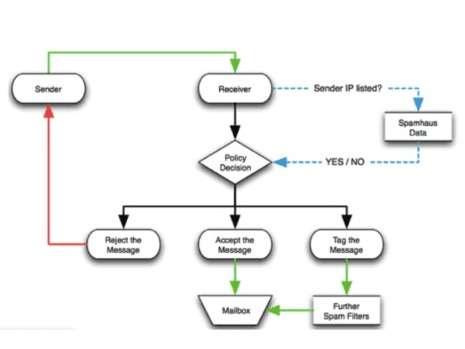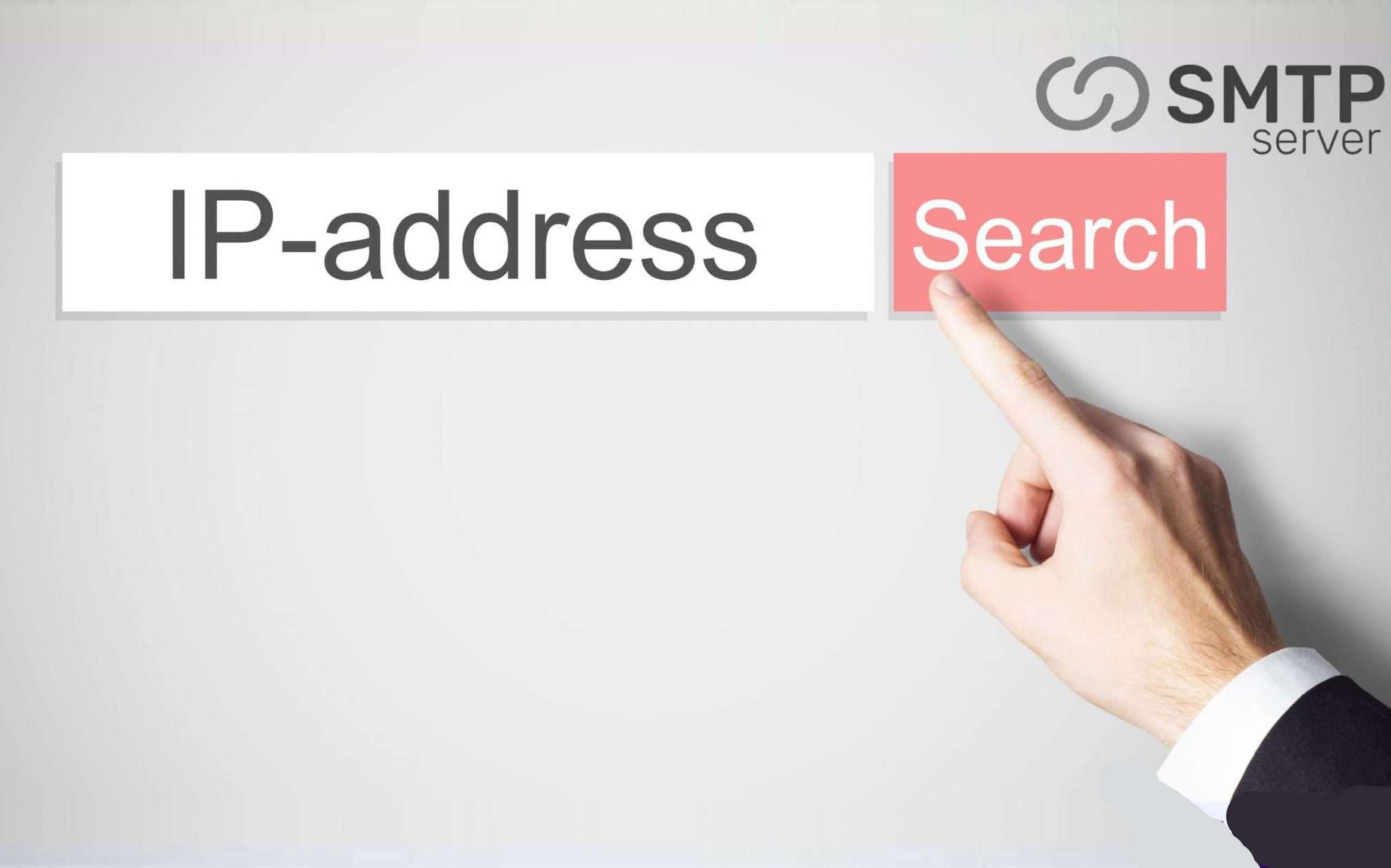1,749,471 total views, 4 views today
You send out a cold email campaign, and everything seems to be going well until you look at the data and notice a significant bounce rate. This could indicate that you’ve been blacklisted. First and foremost, do not be alarmed. If you ended up on a blacklist unintentionally, removing yourself from it isn’t that difficult. However, regaining a good sending reputation later takes a lot more effort. But first, let me explain how blacklists work, why you may have ended up on one, and what you can do to have your IP removed.
What Is an Emai Blacklist?
An email blacklist is a live database of IP addresses and domains that is used to determine which emails are spam. The sender’s IP address is processed through this database and is classified as spam based on preset criteria.
You can think of it as a filter that determines whether an email is delivered to the correct inbox. Your email deliverability will suffer if your email or IP address is included on one of these blacklists, and your sales will suffer as a result.
These blacklists are available from several email blacklist services. Spamhaus, Involvement, and SpamCop are just a few examples. They built up a sophisticated algorithm to keep your mail out of the inboxes of recipients. So your email either goes directly to the spam folder or never gets delivered at all.
How do email blacklists work?
Take a look at the Spamhaus diagram below to see how a blacklist works.
Spam traps generally fall into one of three categories:
1. Recycled Spam Traps: These are email addresses that were formerly valid but have been inactive for a long time and could not have received any email. The receiving server often refuses (bounces) messages received to these addresses for a year or more before they are reactivated as spam trap addresses.
2. Typo Traps: These are email addresses that get up on recipient lists as a result of a mistake by the user. Instead of typing [email protected], type [email protected]. These addresses, like recycled spam traps, never open or click any of the messages they receive. Excessive mail to typo traps, according to the anti-abuse group, is a sign of bad list acquisition tactics and poor list hygiene.
3. Pristine Traps: These are email addresses and domains that have never been used to sign up for an email subscription. When senders buy, rent, or scrape addresses, pristine traps are frequently found on mailing lists.
Note: User-generated feedback and manual reporting of unsolicited emails are used by several email blacklists to list domains and IP addresses.
Categories for Email Blacklists
Depending on the identification used to identify the spamming source, an email blacklist is classified into two types.
● IP Blacklist – An IP address is a number that identifies a server’s location on the internet. Your emails, on the other hand, are sent from an email delivery service to a receiving service like Gmail. The public IP addresses of servers that are known to transmit spam emails are infected with botnets, or act as open relays are typically added to the IP blacklist.
● Domain Blacklist – Every email you send is associated with a domain, which is referred to as an email sending domain. This domain appears in the From-address, Return-address, and DKIM signing domains, among other places.
These domains’ emails can be added to the email blacklist if they are considered spam emails based on their sending habits and history of email sending.
So, what’s next?
We now understand the many services that provide email and IP blacklisting. So? So, let’s check and remove your email off the blacklist, shall we? No.
More than just blatantly asking for email blacklisting removal and removing email from the blacklist, it is required to permanently remove your email from the blacklist. You’ll be listed again if you try it.
To remedy your email blacklisting problem, you must first understand why it occurs and what identities and services are responsible for your domain or IP being added to the blacklist.





